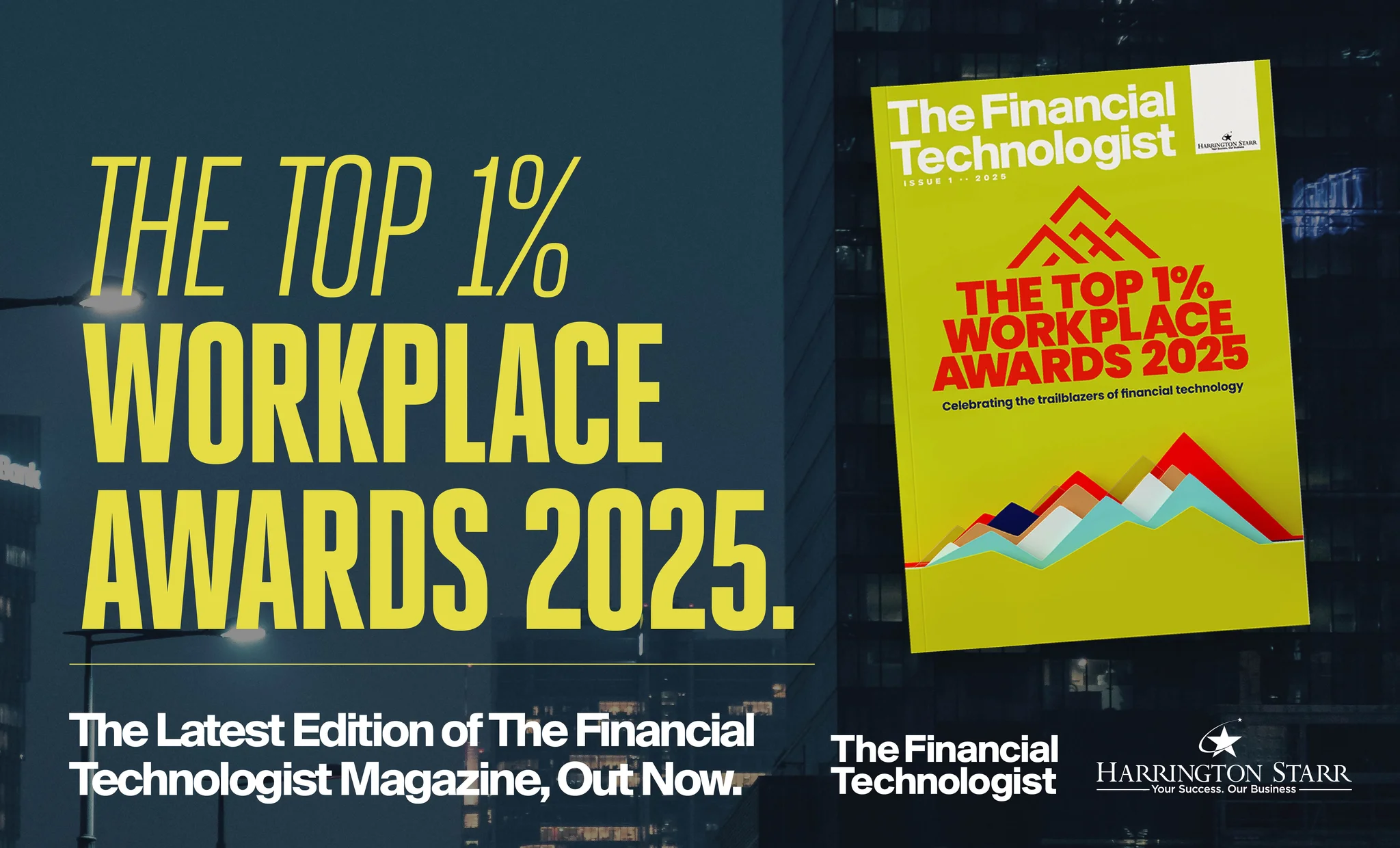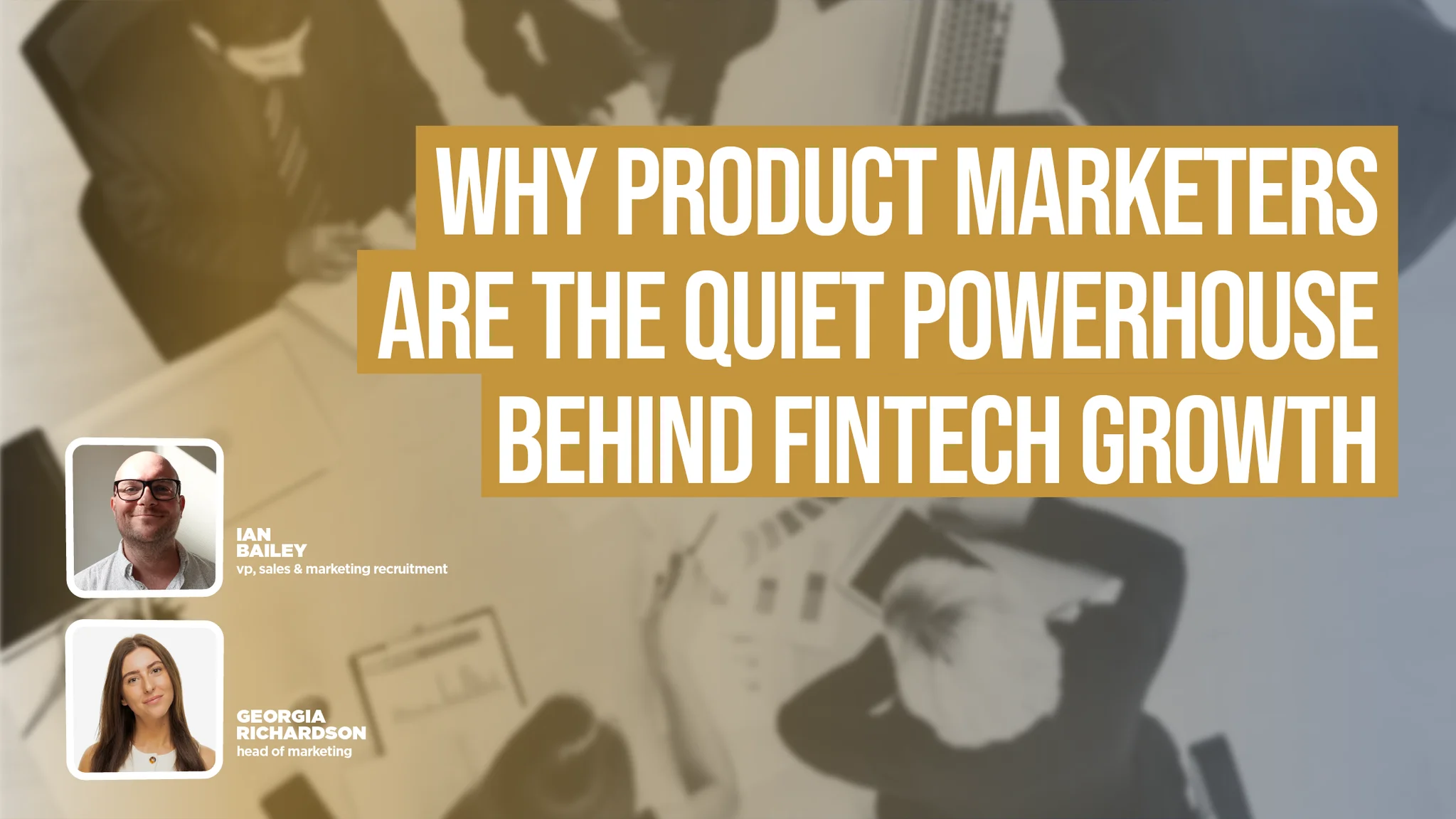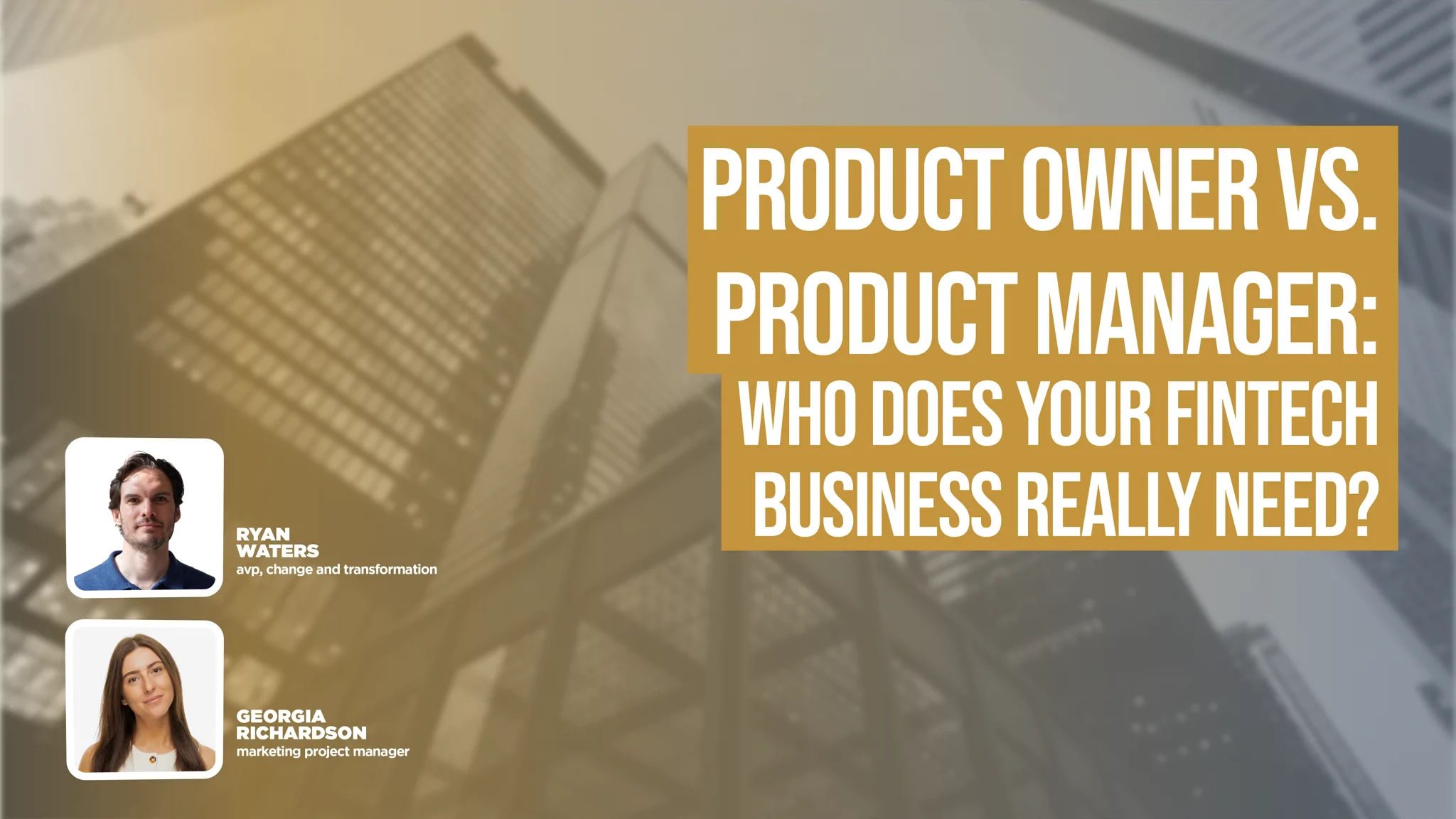Download your free copy of the latest Financial Technologist magazine here.
There is no question that the advent and continuing evolution of better, smarter and faster electronic ‘connectivity’ and trading technology has changed the global financial markets landscape exponentially in a relatively short space of time. With the benefit of hindsight, we can recognise technological baby steps with respect to the original Equities market ‘Big Bang’ in the 1980s, which replaced traditional market makers on open outcry floors with electronic stock exchanges and trading. This was followed by the first e-FX platforms of the 1990s. Financial market ‘electronification’ really took hold, however, with decimalisation, and when internet communications became commonplace in the early 2000s.
These technologies, in turn, gave rise to high frequency trading, and automated and algorithmic trading strategies that transformed trading behaviours for certain types of market participants.
What may come as a surprise given a prevailing narrative around markets ‘electronification’ is just how much financial markets business remains ‘voice traded’. According to research by Coalition Greenwich in 2022, voice remains the trading method of choice for High Yield Corporate Bonds (86%) and Interest Rate Swaps (70%), and accounts for around half of cash equity trading volumes and 23% of FX activity.
The fact is that there is still evidently a need for human trading and ‘old school’ relationship-driven activity that may begin in an ‘electronic’ chat environment but that will culminate, ultimately, in someone picking up a phone for the final negotiation. Back when EBS was launched in the early 1990s as one of the first truly electronic broking systems for interbank spot FX trading, a feeling frequently expressed by the interbank voice broking intermediaries concerned at their imminent ‘disintermediation’ is that it wouldn’t catch on because ‘a computer can’t buy you a beer.’
In other words, that an essential element of the trading dynamic was the human element - personal relationships (lines) and ability to leverage a human’s ability to gauge market sentiment and react adeptly to changing market conditions. In reality, it very swiftly became the method of choice for efficient pricing and trading in the bulk of global FX volumes in the major currency pairs. That said, there was - and remains - the need for voice brokers to manage business in more esoteric currency pairs and complex trades, and for certain large volume (big ticket) transactions as evidenced by the continuing presence and market share of traditional brokers like TP ICAP.
Also, regardless of whether a transaction is voice-based or electronically generated, it must work its way through myriad transaction lifecycle processes to satisfy all sorts of internal and external requirements and obligations. These processes and workflows will likely be managed through ‘electronic’, and automated, processing systems and services that fulfil specific enterprise, client and regulatory reporting obligations.
Capturing voice trade data electronically to process it through an increasingly complex web of systems and processes is probably one of the biggest headaches for financial firms. The challenge has been exacerbated in recent years by the COVID pandemic and consequential and seemingly permanent shift in working patterns away from physical dealing environments. Traditionally, this ‘closed’ trading infrastructure and associated security measures could be managed and monitored ‘in house’; today’s market participants increasingly want to be able to conduct their business from any location at any time and on any device.
This has had repercussions across the board, particularly from the perspective of maintaining orderly and transparent markets. It was challenging enough with the old model to ensure that every financial transaction remained in lockstep with all associated rules of engagement from price discovery and best execution, through to regulatory compliance. Today, it’s an even greater challenge for business heads, operational and compliance teams to juggle many complicated and conflicting activities to ensure effective oversight and management of transaction execution and processing.
On the sell side, for example, there is a need to synthesise a lot of information before getting on a voice call with a buy-side client, which may involve accessing CRM tools, looking at market data, sourcing other internal analysis and information. The buy side, in turn, will want to access and review information from a bunch of different sources to inform best execution buying decisions. Post-trade, there is a need to be able to reconstruct voice trades to satisfy different reporting obligations - to clients and regulators; to be able to say “here’s all of the information that informed this particular transaction” as well as actually reporting trade data in different formats to different regulatory destinations.
IPC has been at the forefront of voice trading technologies since we built the very first multi-line voice turrets to support the trading floor front line in the New York banking community back in the early 1970s. From that time, we have maintained our commitment to enhancing voice trading communications and ‘connectivity’ in line with evolving technological innovation, and particularly with respect to supporting an extensive global voice trading community of banks, brokers, hedge funds and other financial firms.
Most recently this has culminated in the launch of a new flagship voice trading solution, OneView Portfolio, comprising the new OneView Device and Workspace, developed precisely to satisfy growing market expectation for greater integration with, and interoperability between, multiple enterprise and third-party applications and processes. This is precisely why IPC adopted an Open Platform-and-API-first philosophy, which enables the bringing together of fragmented and often disconnected workflows that run in and across different applications and platforms. It also enables seamless integration with OpenFin-enabled desktops. From a user perspective it brings together everything that needs to be ‘attached’ to a voice trade within a single touch, single view environment. Importantly, it doesn’t require any changes in ‘user behaviour’; we didn’t want our user base to have to learn a whole new way of doing things. Rather, we see it more as the consolidation of a number of things we were already doing within a more efficient and integrated solution.
Essentially, it acknowledges and respects the continuing need for the ‘human touch’ - evidently still very important to a large segment of the global trading community- while giving that same community the benefits of the latest technological advances and efficiencies with respect to the efficient capture
and management of the associated data.
While over time it is inevitable that the voice-traded market will become smaller, as new and shinier digital technologies come into play, there will always be a need for human involvement to some degree or another from front-end execution to post-trade processing. There will also always be new applications from existing and new service providers coming down the line. As ‘subject matter experts’ in voice and electronic trading, rather than continuous ‘wheel-reinvention’, we look to partnerships, collaboration and co-opetition to support our users by bringing together all of the moving parts in more efficient ways to make things better, smarter and faster.
Download your free copy of the latest Financial Technologist magazine here.






